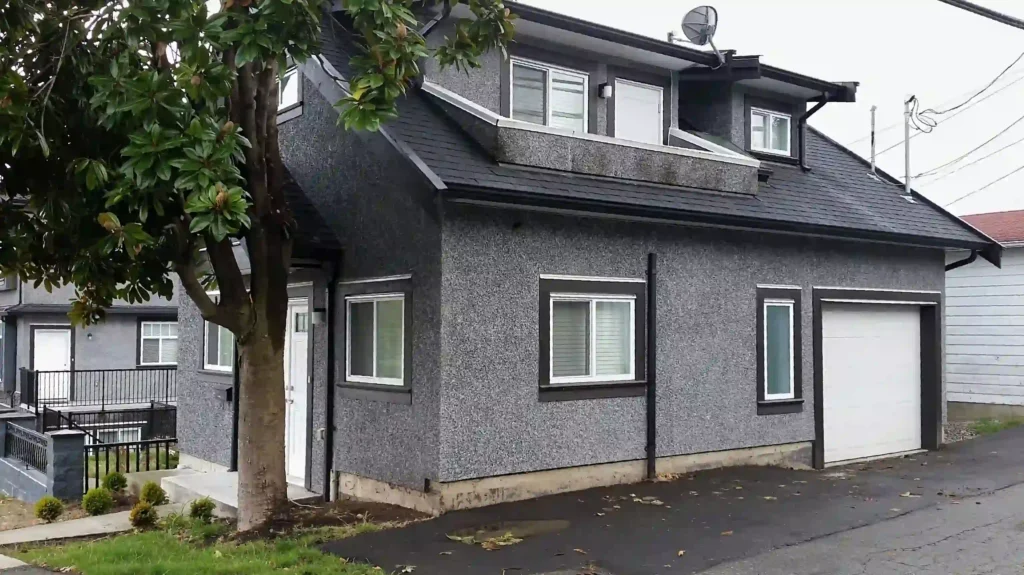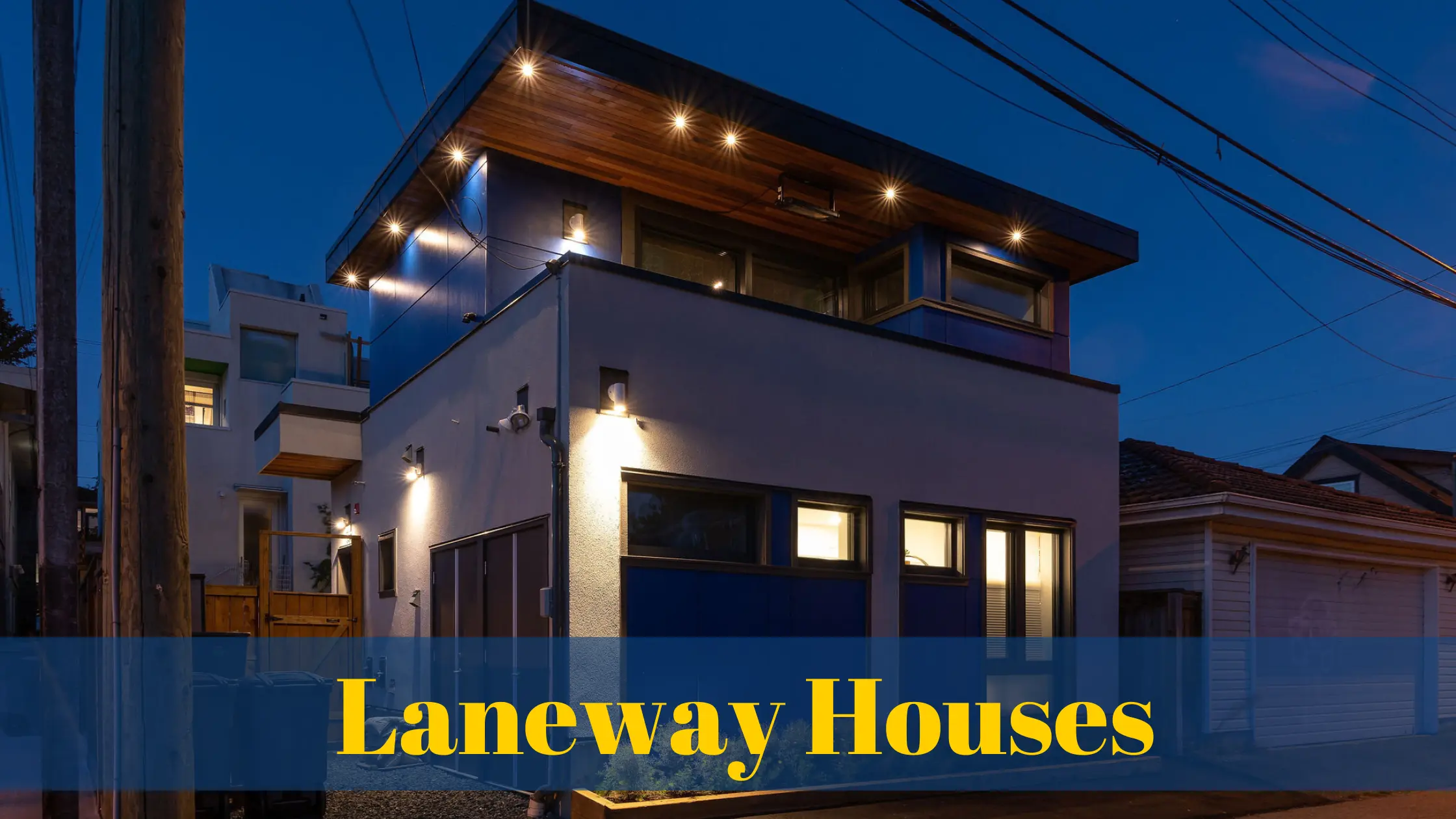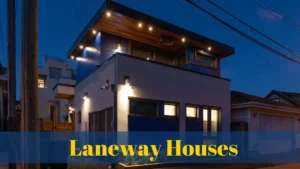Laneway Houses: A Good Solution to Affordable Housing in Urban Areas.
As the demand for housing is much much increasing in urban areas, the development of laneway houses has become a most popular solution. In this article, We will explore all about laneway houses, It’s pricing, construction costs, and the pros and cons associated with their development.
Best Laneway House Builder in Vancouver
BUILD YOUR LANEWAY HOUSE WITH ⇀ HOMESOFSILVERCREST
Silvercrest Custom Homes is a top-notch California-based builder with over 35 years of experience designing and building quality custom homes. They offer personalized service, exceptional craftsmanship, and attention to detail, making them a great choice for those looking for a quality and personalized home-building experience.

What are the Laneway Houses?
Laneway houses, also known as coach houses, granny flats, or backyard homes, are small secondary dwellings built on the same property as an existing home. They are typically located in the rear yard of a property, facing the laneway or alley. Laneway houses can be used for a variety of purposes, including as a rental unit, an office, a studio, or as housing for extended family members.
Benefits of Laneway Houses
Laneway houses offer a range of benefits to both homeowners and renters. Some of the key benefits include:
- Increased Affordable Housing: Laneway house provides an affordable housing option for renters or buyers. Because they are built on existing land, the cost of construction is often lower than building a new home on a vacant lot.
- Increased Density: Laneway house can help to increase the density of urban areas without significantly impacting the character of the neighbourhood. They are often designed to blend in with the existing architecture and character of the neighbourhood.
- Additional Income: Homeowners can make additional income by renting out the laneway house or using it as a home for extended family members.
- Increased Privacy: Laneway house provides privacy for both the homeowner and the tenant as they are separate from the main house.
Pricing Ranges
The cost of building a laneway house varies depending on a number of factors, including the size of the unit, the location, and the materials that are used. In general, the cost of building a laneway house ranges from $150,000 to $450,000. However, this cost can be higher in some cities due to the high cost of land and the need for additional permits and inspections.
Construction Costs
The cost of building a laneway house can be broken down into two main categories: hard costs and soft costs. Hard costs include the cost of materials, labour, and permits. Soft costs include design fees, engineering fees, and other costs associated with the development process. In general, hard costs account for approximately 70% of the total cost of building a laneway house, while soft costs account for the remaining 30%.
Pros and Cons of Laneway Houses
Pros:
- Increased flexibility
- Reduced environmental impact
- Increased property value
- Increased community
- Improved accessibility
- Diversification of housing stock
Cons:
- Zoning restrictions make it difficult for homeowners to build a laneway house on their property
- Laneway houses may not be suitable for all neighbourhoods due to compatibility issues
- Building a laneway house can still be expensive, considering the cost of permits, materials, labour, and design fees
- The permitting process for laneway houses can be complex and time-consuming
- Maintaining a laneway house can be costly and time-consuming, particularly if it is being used as a rental property
- The development of a laneway house can impact parking in the neighbourhood, leading to parking shortages for homeowners and their neighbours.
Conclusion:
The Laneway house provides an affordable, flexible, and environmentally friendly housing option in urban areas. They offer a range of benefits to homeowners, renters, and the community at large. While there are some challenges associated with the development of laneway houses, including zoning restrictions and the cost of construction, they remain a viable solution to the ongoing affordable housing crisis in many cities.




